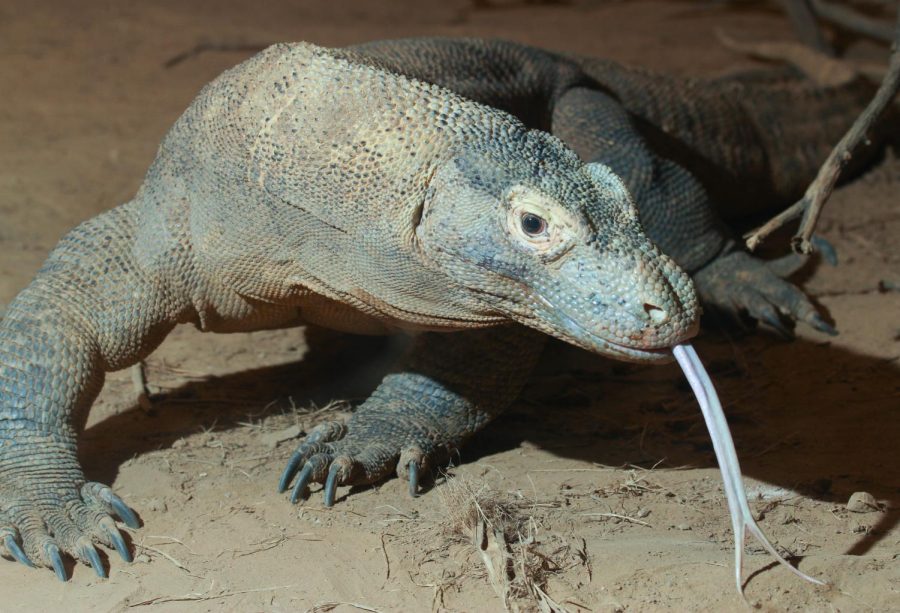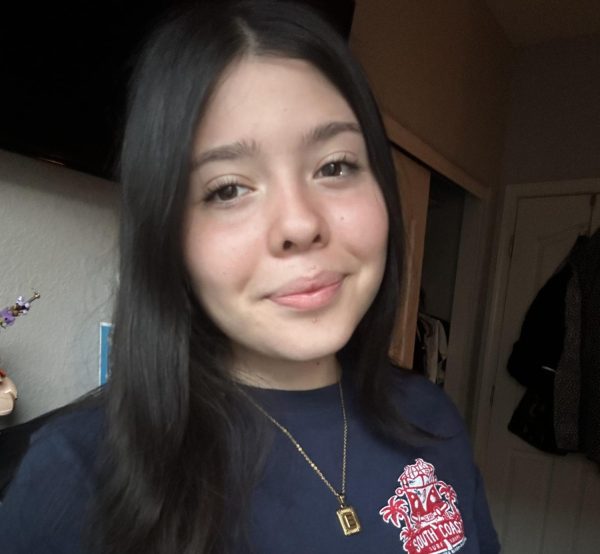Komodo Dragons Saved!
April 21, 2023
Imagine you are a scientist attempting to bring back an animal, sounds crazy right? Well, crazy doesn’t mean impossible! On March 28, 2023, Komodo Dragons were brought somewhat back from their endangerment. In a Spain zoo, five of these baby, dragons emerged from their shells, bringing smiles to many faces. This was the first successful breeding of the world’s largest lizard, in this country for a whole decade. Milagros Robeldo is the head of the Herpetology department at the Bioparc FuengirolaZoo. He proclaims himself as a “mother” to the dragons, and he believes that this is a great achievement for him and his team. Another lizard named Ora, is their birth mother, in August she laid 12 eggs. Five of these eggs were selected to be artificially incubated for seven months. Robledo says that although this task was very tedious and time-consuming, it was worth the waiting. He says these new hatchlings represent a “hopeful future” for the species.
The five hatchlings were very teeny, they weighed less than a lemon and they were shorter than a shoebox. However, one day the reptiles can grow up to be nearly 3 meters and weigh up to 70 kilos, they will also possess a sharp bite and venom. The 5 babies have already been given a personality of their own, all being given their names. The names of the lizards are, Fenix, Embum, Juanito, Drakaris, and Embum. Each dragon has their unique attributes, from their names to their spots. In 2021, these predators were put on the “Red List”. The Red List is for any species that require conservation, and the Komodo dragons were in desperate need due to there only being about 1,500 of the specimen left. They face the threat of climate change just like many other animals. The dragons’ parents both mated on June 24, 2023, this was when the Spaniards celebrate the feast of St. John. The first hatchling was christened Juanito in honor of the date of conception. Fenix is another one of the hatchlings, it is named this because the egg survived damage during incubation. Drakaris is another hatchling, this name is a reference to George R.R. Martin’s popular fantasy series, “A Song Of Ice And Fire”. Typically Komodo dragons tend to move to the treetops in the wild, they don’t necessarily need maternal or paternal care. However, for the safety and protection of the institute they live in separate terrariums so that the on-site vets can monitor their growth until they are ready to be introduced to the public. The Komodo is the mother of all dragons, so their reincarnation is a historical moment, and we hope to bring the species even farther away from endangerment!




